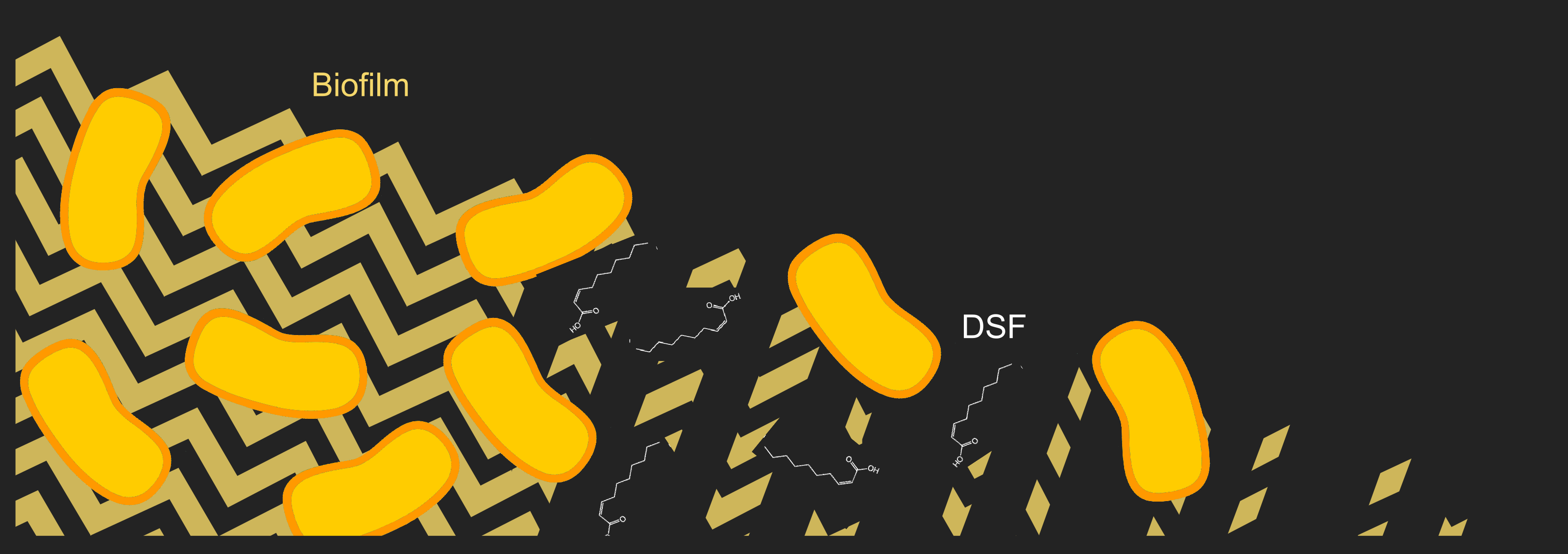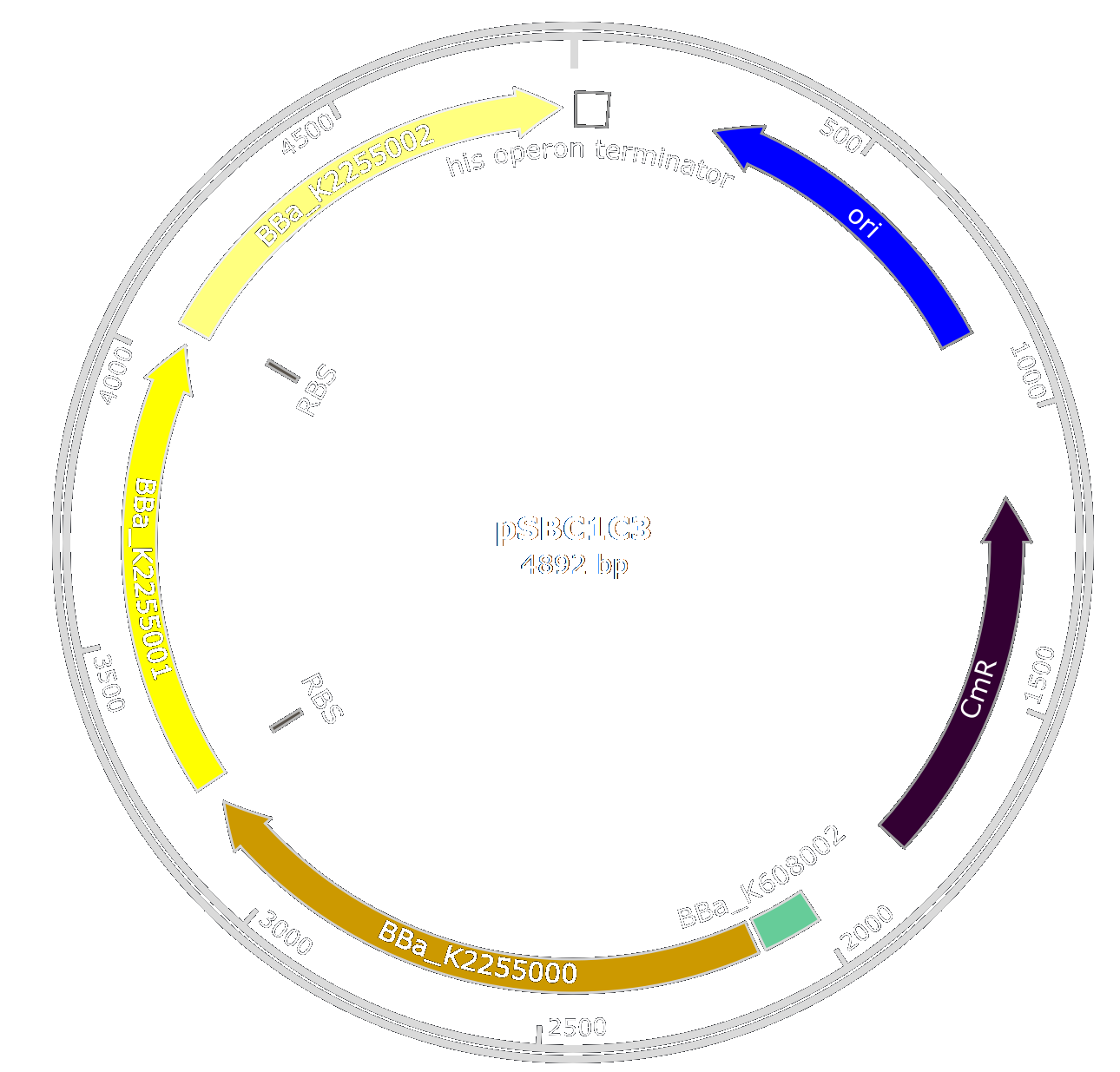| Line 39: | Line 39: | ||
{| style="float:left" | {| style="float:left" | ||
| − | |- style="background-color:#808080;color:#fff | + | |- style="background-color:#808080;color:#fff;" |
|| Hours | || Hours | ||
| align=right| 6 | | align=right| 6 | ||
| Line 73: | Line 73: | ||
{| style="float:left" | {| style="float:left" | ||
| − | |- style="background-color:#808080; | + | |- style="background-color:#808080;color:#fff;" |
|| Hours | || Hours | ||
| align=right| 6 | | align=right| 6 | ||
| Line 106: | Line 106: | ||
|} | |} | ||
| − | {| style=" | + | {| style="float:left" |
| − | |- style="background-color:#808080; | + | |- style="background-color:#808080;color:#fff;;" |
|| Hours | || Hours | ||
| align=right| 6 | | align=right| 6 | ||
| Line 134: | Line 134: | ||
|} | |} | ||
| − | {| style=" | + | {| style="float:left" |
| − | |- style="background-color:#808080; | + | |- style="background-color:#808080;color:#fff;" |
|| Hours | || Hours | ||
| align=right| 6 | | align=right| 6 | ||
Revision as of 11:06, 31 October 2017
Quorum sensing
Contents
Quorum sensing is a mechanism that allows bacteria to coordinate the regulation of their genes according to the density of the bacterial population[1]. It allows bacteria to adopt collective patterns of gene regulation to have, at a population level, an advantageous phenotype. Quorum sensing allows Xylella fastidiosa to produce a biofilm, a sticky extracellular matrix composed of DNA, proteins and polysaccharides, which is one of the key problems in the plant disease because it blocks xylem vessels.
In order to produce this biofilm, to communicate and coordinate the gene expression of the whole colony, X. fastidiosa mainly uses Diffusible Signal Factor (DSF) which are fatty acids with an unsaturation in 2cis position[2]. The same route of communication also regulates virulence. In addition to quorum sensing, bacteria can also use a similar mechanism called quorum quenching to blur the quorum sensing of other bacterial populations and outcompete them. Therefore, to stop X. fastidiosa to form the biofilm that causes the death of plants we choose to quench it quorum sensing activity.
Pseudomonas aeruginosa under stress produces a specific fatty acid named 2-cis-decenoic acid, that has the ability to stop the biofilm production of many organisms[3]. Thus, we thought about using this specific DSF to stop X. fastidiosa.
Design
As we wanted to limit the number of GMOs in our product we wanted to produce the 2-cis-decenoic acid in E. coli and an efficient purification system. We choose to not use P. aeruginosa because of it pathogenicity.
Several enzymes are necessary for the production of 2-cis-decenenoic acid by Pseudomonas aeruginosa, not every of them is present in E. coli. Thus, to produce the fatty acid, we design the three enzymes lacking in E. coli for the production of 2-cis-decenenoic and we optimized their sequences for a production in this bacteria. Therefore we design : [http://parts.igem.org/Part:BBa_K2255000 BBa_K2255000], [http://parts.igem.org/Part:BBa_K2255001 BBa_K2255001] and [http://parts.igem.org/Part:BBa_K2255002 BBa_K2255002]
As we wanted to optimize the production we design these parts to form an operon when assembled. Thus, [http://parts.igem.org/Part:BBa_K2255001 BBa_K2255001] and [http://parts.igem.org/Part:BBa_K2255002 BBa_K2255002] has a Ribosome Binding Site (RBS) integrated into the biobrick.
Finally, to produce these enzymes in huge amounts, we decided to add a strong and constitutive promoter in E.coli ([http://parts.igem.org/Part:BBa_K608002 BBa_K608002]).
Results
As a proof of concept, we study the fatty acid effect on X. campestris. Also, we used differents experimental conditions, such as concentration of product and type of tube. After making growth bacteria in medium containing the product or not, we measured the effect of it on biofilm production with crystal violet (Protocol). Biofilm production can be quantified with TECAN and is proportional with absorbance. We measured fatty acid effect by adding it at the start of growth. Then we controlled the production after 24,48,72,96 hours. We also want to observe an effect after 24 hours of growth.
Results after fatty acid application seems encouraging. We can observe a small decrease of biofilm production after 48 hours and 72 hour, before the restoring of it. We decided to replicate the mesure and quantify the experiments numerically.
Raw Datas:
All the measures were made by Tecan Infinite® 200 at a wavelenght of 570nm.
| Hours | 6 | 12 | 24 |
| Replicat1 | 0,33360001 | 0,44459999 | 0,78009999 |
| Replicat2 | 0,3337 | 0,48379999 | 0,91189998 |
| Replicat3 | 0,57870001 | 0,49349999 | 0,82230002 |
| Average | 0,41533334 | 0,47396666 | 0,8381 |
| Ecart-type | 0,14147969 | 0,02589061 | 0,06730557 |
| Hours | 6 | 12 | 24 |
| Replicat1 | 0,32260001 | 0,54210001 | 1,16499996 |
| Replicat2 | 0,456 | 0,50389999 | 0,82029998 |
| Replicat3 | 0,50999999 | 0,40290001 | 0,80269998 |
| Average | 0,42953333 | 0,48296667 | 0,92933331 |
| Ecart-type | 0,0964627 | 0,07192227 | 0,20428294 |
| Hours | 6 | 24 |
| Replicat1 | 0,97390002 | 2,08780003 |
| Replicat2 | 0,97680002 | 1,68789995 |
| Replicat3 | 0,99870002 | 1,73870003 |
| Average | 0,98313336 | 1,83813334 |
| Ecart-type | 0,01355888 | 0,21770451 |
| Hours | 6 | 24 |
| Replicat1 | 0,96560001 | 1,44819999 |
| Replicat2 | 1,00259995 | 1,79219997 |
| Replicat3 | 0,9734 | 1,30620003 |
| Average | 0,98053332 | 1,51553333 |
| Ecart-type | 0,01950416 | 0,24989862 |
Contrary to a first visual quantification, results are inconclusive. Actually, there is not a significant difference beetween standard conditions and the add of fatty acid. However, we noted a small reduction when the fatty acid is used after a period of growth. This difference let us think that maybe the fatty acid have a stronger impact on the current production. Finally, visuals results bring to light some impact which deserve more research with different parameters.
References
- ↑ Rutherford, S. T. & Bassler, B. L. Bacterial Quorum Sensing: Its Role in Virulence and Possibilities for Its Control. Cold Spring Harb Perspect Med 2, a012427 (2012).
- ↑ Ionescu, M. et al. Promiscuous Diffusible Signal Factor Production and Responsiveness of the Xylella fastidiosa Rpf System. mBio 7, e01054–16 (2016).
- ↑ Amari, D. T., Marques, C. N. H. & Davies, D. G. The Putative Enoyl-Coenzyme A Hydratase DspI Is Required for Production of the Pseudomonas aeruginosa Biofilm Dispersion Autoinducer cis-2-Decenoic Acid. J. Bacteriol. 195, 4600–4610 (2013).





